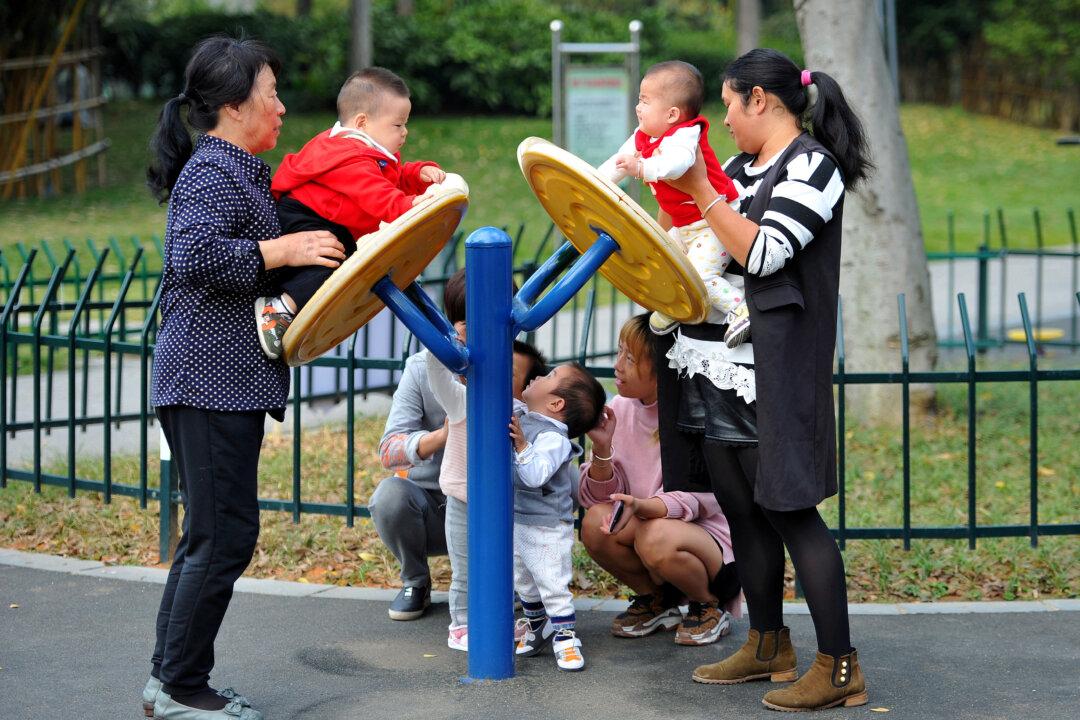Beijing has admitted for the first time that China’s population will experience negative growth by 2025, according to an article from China’s National Health Commission, published Aug. 1 in Qiushi, a state-controlled magazine.
The article predicts that the declining population trend may prove difficult to reverse, with dire consequences for the country. Entitled “Writing a new chapter in population work in the new era,” it cites China’s low Total Fertility Rate (TFR) as the main reason for its slowing population growth. China’s TFR has fallen below 1.3 in recent years. For a country’s population growth to remain constant, the replacement fertility rate is generally considered to be above 2.1.





